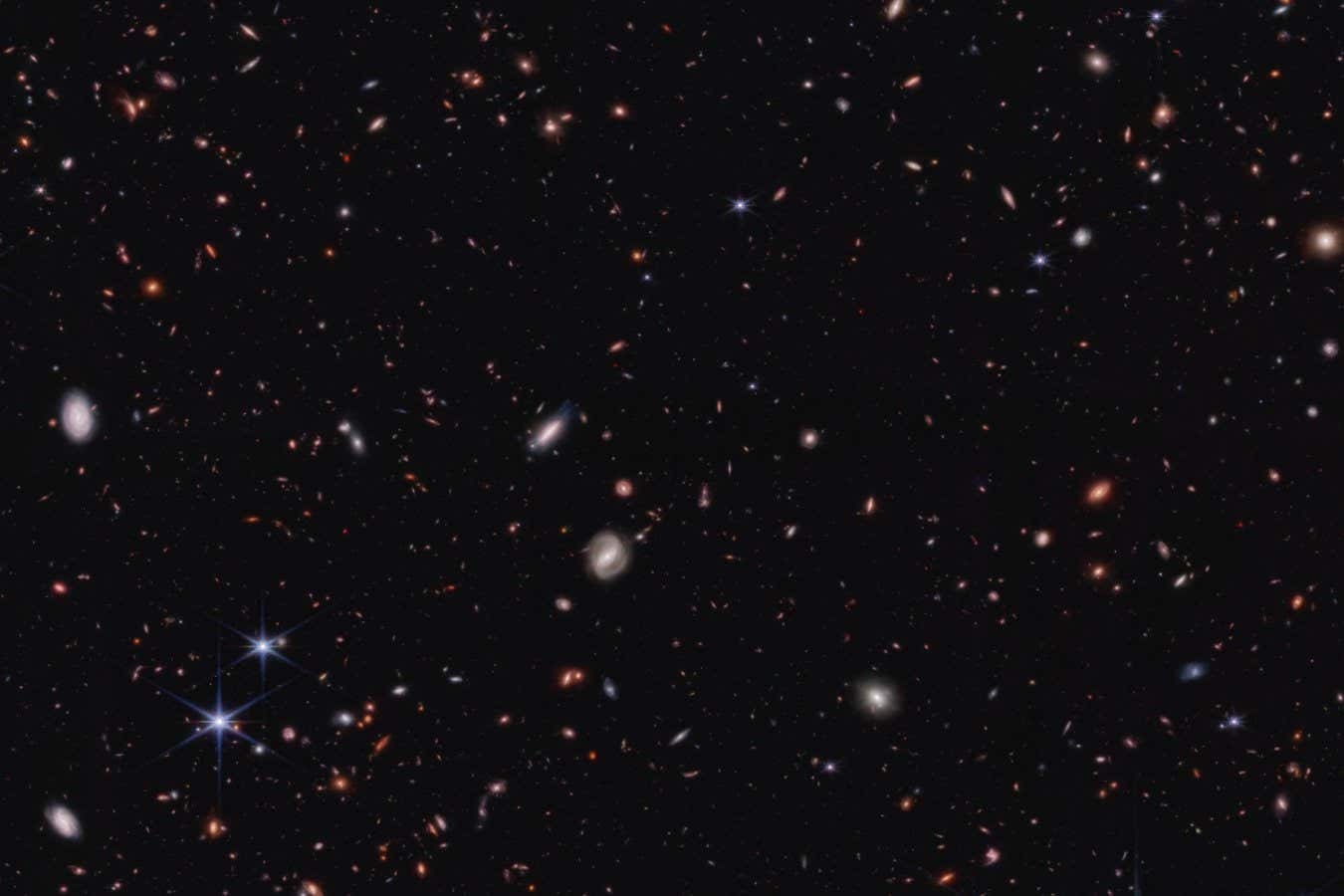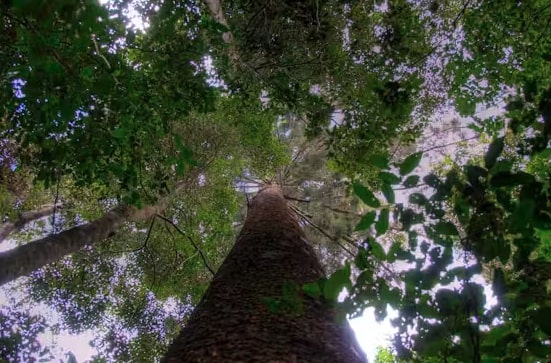Space
Red specks in the early universe are puzzling astronomers, but a proposed explanation suggests they are the progenitors of supermassive black holes

A view of the early universe captured by the James Webb Space Telescope, including numerous little red dots whose nature is uncertain
NASA, ESA, CSA, Steve Finkelstein (UT Austin)
A mysterious class of small, red objects in the early universe might be explained by black holes inside dense cocoons of gas, like a star.
Since launching in 2021, the James Webb Space Telescope (JWST) has found hundreds of objects in the early universe that appear extremely red and compact, dubbed little red dots (LRDs).
More from New Scientist
Explore the latest news, articles and features


























